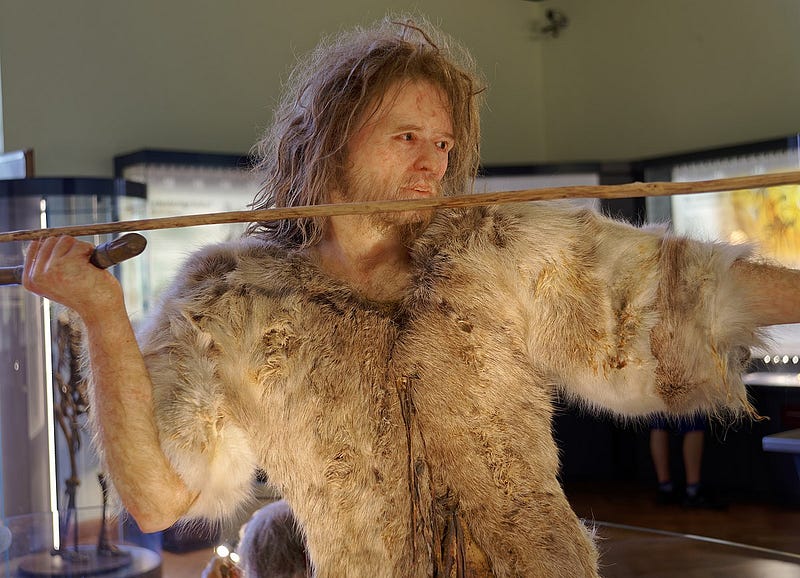The Evolutionary Journey: How Humans Surpassed Neanderthals
Written on
Chapter 1: An Unexpected Hypothesis
Recent studies of stone tools from a cave in the Rhone Valley have led researchers to a remarkable conclusion. It appears that Homo sapiens may have first arrived in Europe up to 10,000 years earlier than earlier estimates suggested, needing multiple attempts to establish a permanent presence on the continent.

According to Ludovic Slimak from the University of Toulouse, the previous belief was that modern humans arrived in Eurasia between 45,000 and 42,000 years ago. However, Slimak's research indicates that this timeline should be adjusted back by a significant margin. His team, which studied artifacts from the Grotte Mandrin cave, found parallels between the stone tools from that site and those from Ksar Akil, located near modern Beirut.
The researchers identified three key phases in the migration of Homo sapiens into Europe. Slimak states, “What we thought was the initial arrival of modern humans was actually the final wave of three significant migrations.”
Section 1.1: The First Europeans
What challenges did our ancient ancestors face as they moved into Europe? Evidence suggests that early Homo sapiens may have left Africa as far back as 60,000 years ago, equipped with advanced hunting tools like bows and arrows. Findings from Grotte Mandrin include pointed stone artifacts, believed to be arrowheads dating back 54,000 years.
These weapons provided Homo sapiens with a critical edge over Neanderthals, allowing them to hunt from a safer distance. Nevertheless, those early inhabitants only occupied Grotte Mandrin for about 40 years before the Neanderthals returned.

Section 1.2: The Second Attempt
The second wave of Homo sapiens arrived in the Rhone Valley around 44,000 to 46,000 years ago, but this endeavor also ended in failure. Slimak hypothesizes that the small population of these early humans was a significant factor in their inability to establish a lasting presence. Evidence from Grotte Mandrin suggests that their numbers were limited to around one hundred individuals, which may not have been sufficient for genetic exchange or survival.
Despite this, Slimak notes that interactions between the two groups likely occurred, with both maintaining a peaceful coexistence.
Chapter 2: The Triumph of the Third Wave
The third wave of migration around 42,000 years ago proved to be the turning point. “When modern humans returned for the third time, they came in substantial numbers,” Slimak explains. They began to forge social networks not with Neanderthals, but among fellow Homo sapiens scattered across Europe, leading to the establishment of a vast interconnected community. This marked the beginning of the decline of Neanderthals.
The findings from Slimak's team have sparked debate within the scientific community. They suggest that Homo sapiens took up to 12,000 years to fully settle in Europe, a duration that raises questions. Additionally, Slimak challenges the attribution of certain prehistoric tools, traditionally believed to be Neanderthal creations, asserting instead that they were crafted by modern humans during their migrations.
The first video titled "The Origins of the Neanderthals" explores the history and evolution of Neanderthals, shedding light on their interactions with early Homo sapiens.
In the second video, "How modern humans beat the neanderthals," Richard Wrangham discusses the strategies that allowed Homo sapiens to outlast Neanderthals.
The Unexpected Discovery: A Stone Age Dagger Unearthed by a Schoolgirl
An 8-year-old girl from Norway experienced an extraordinary stroke of luck while playing near her school, leading to an astonishing archaeological find…
Thank you for engaging with this article! If you enjoyed it, please consider showing your appreciation with some claps, following me, or leaving a tip!